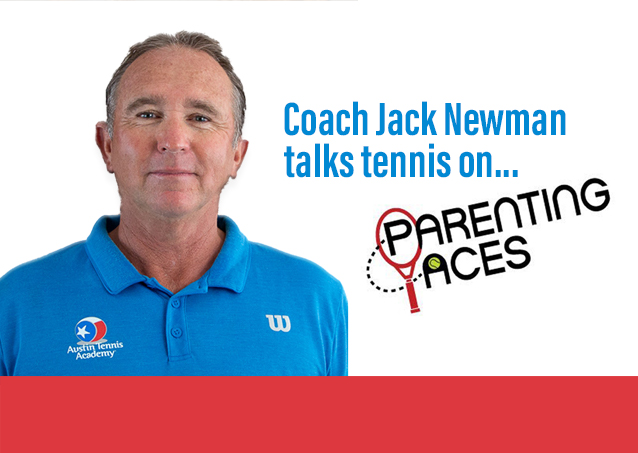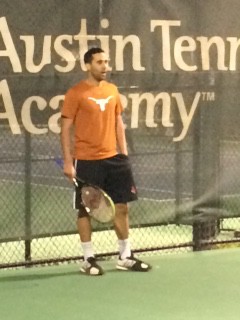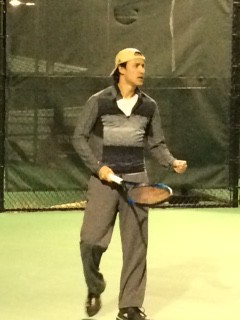Former WTA Pro and USTA President Katrina Adams Comes to Austin
Katrina Adams will be at Black Pearl Bookstore on Thursday at 6pm to promote her new book “Own the Arena” — and answer your questions! Today is the deadline to order an advance copy and reserve your spot at her book signing. Click here to purchase .
Katrina has the unique perspective of being a NCAA doubles champion, a touring player, on-air analyst, and the chairman and CEO of US tennis’ highest governing body. She was the first African American to lead the United States Tennis Association (USTA), the first two term Chairman and President of said organization, and the first former player to hold that honor.
If you have ever wondered about the drive it takes to be a successful professional athlete and transitioning to careers in tennis off court, Katrina can answer. Let’s all show her a big Austin welcome!









